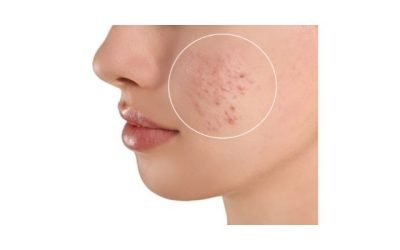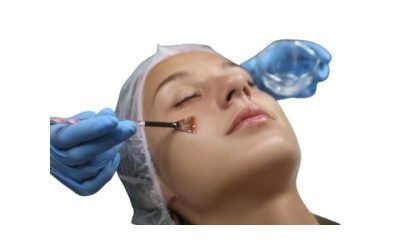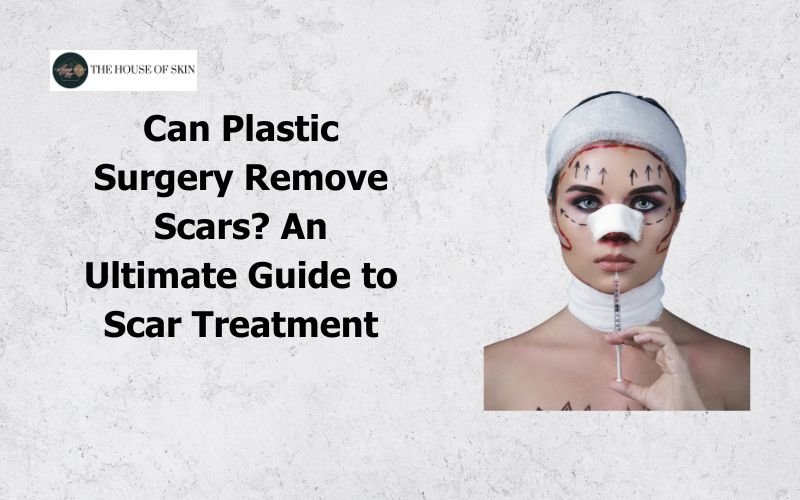Introduction
Scars are a common aftermath of injuries, surgeries, and various skin conditions, often leaving individuals seeking solutions for their removal. Plastic surgery is frequently considered a potential remedy. But can it truly remove scars? This comprehensive guide delves into the intricacies of plastic surgery for scar removal, exploring its effectiveness, types, and what to expect during the treatment process.
What Are Scars?

Scars form as part of the body’s natural healing process after the skin is damaged. The appearance and severity of scars can vary widely depending on several factors, including the depth and size of the wound, its location, the age of the person, and even genetic factors.
Types of Scars
- Hypertrophic Scars: These scars are raised and red, remaining within the boundaries of the original wound. They can become less noticeable over time but can take several years to do so.
- Keloid Scars: Keloid scars extend beyond the original wound site and are often more severe and difficult to treat. They can continue to grow and may become quite large.
- Atrophic Scars: These are sunken scars that occur when underlying structures supporting the skin are lost, commonly seen with acne or chickenpox scars. They create depressions or pits in the skin.
- Contracture Scars: These scars cause skin tightening and can restrict movement, often resulting from burns. They can affect muscles and nerves, leading to functional impairment.
Causes of Scars
- Injuries: Cuts, abrasions, and trauma often lead to scarring.
- Surgeries: Surgical procedures can leave behind scars, especially if they involve significant tissue damage.
- Burns: Heat, chemical, or electrical burns can cause severe scarring, including contracture scars.
- Skin Conditions: Severe acne or infections like chickenpox can result in atrophic scars.
Can Plastic Surgery Remove Scars?
Plastic surgery can significantly improve the appearance of scars, but it rarely removes them completely. Understanding the difference between scar improvement and scar removal is crucial for setting realistic expectations.
Myth vs. Reality
While many believe plastic surgery can completely erase scars, the reality is more nuanced. Plastic surgery aims to make scars less noticeable by flattening, smoothing, or blending them with the surrounding skin. Complete removal of a scar is rare, as the body’s natural healing process will always leave some form of mark.
Scar Improvement vs. Removal
- Improvement: This involves enhancing the scar’s appearance by making it less prominent. Techniques may include reducing redness, flattening raised scars, or filling in depressed scars.
- Removal: Completely eliminating the scar, which is rarely possible. Some procedures can make the scar nearly invisible, but a complete absence of the scar is not a realistic expectation.
Types of Plastic Surgery for Scar Treatment
Various plastic surgery techniques can be used to treat scars, each with its benefits and suitability depending on the scar type and location.
Scar Revision Surgery
Scar revision surgery involves removing the scar tissue and repositioning the incision to create a less noticeable scar. This technique can also involve changing the direction of the scar to align with natural skin creases, making it less apparent.
Laser Therapy
Lasers can reduce the redness and thickness of scars by removing the top layers of skin and promoting new skin growth. This treatment is effective for hypertrophic and keloid scars, as well as for reducing pigmentation and improving the texture of atrophic scars.
Dermabrasion
Dermabrasion sands down the skin’s surface, helping to smooth out and improve the texture of scars, particularly acne scars. This process involves the removal of the top layers of skin, encouraging new skin to grow and replace the scarred tissue.
Chemical Peels
Chemical peels use acid solutions to remove the top layers of skin, reducing the appearance of shallow scars. They can be particularly effective for superficial scars and for evening out skin texture and tone.
Skin Grafting
Skin grafting involves transplanting skin from another part of the body to cover the scarred area. This method is often used for severe burns or extensive scars, providing new, healthy skin to replace damaged areas.
Injectable Treatments
Injectables like steroid injections can flatten and soften keloid and hypertrophic scars, while fillers can lift depressed scars. These treatments can provide immediate improvement and are often used in conjunction with other techniques for optimal results.

Factors Influencing Treatment Success
The success of scar treatment through plastic surgery depends on various factors, including the type and age of the scar, the patient’s skin type, the location of the scar, and the patient’s overall health and healing ability.
Type and Age of Scar
Newer scars tend to respond better to treatment than older scars. The type of scar also dictates the treatment approach and its potential effectiveness. For instance, hypertrophic scars may respond well to laser therapy, while atrophic scars might benefit more from dermabrasion or fillers.
Skin Type
Different skin types react differently to treatments. For example, darker skin may be more prone to pigmentation changes post-treatment. It is crucial to tailor treatments to the patient’s skin type to minimize adverse effects and maximize benefits.
Location of Scar
Scars in areas with more skin movement, like joints, may be harder to treat and require more extensive care. The location can also affect the choice of treatment, as some areas are more suitable for certain procedures than others.
Patient’s Health and Healing Ability
Overall health and the body’s healing response significantly impact the treatment outcome. Conditions like diabetes or poor circulation can hinder healing, making it essential to consider these factors when planning treatment.
Potential Risks and Complications
All surgical procedures come with risks. Common risks associated with scar treatment include infection, bleeding, and unfavorable scarring. It’s important to discuss these risks with the surgeon and understand how to manage complications should they arise. Some treatments may also cause temporary redness, swelling, or pigmentation changes.
Alternatives to Plastic Surgery

For those hesitant about surgery, several non-surgical options can help improve scar appearance.
Non-Surgical Treatments
- Topical Treatments: Over-the-counter creams and ointments can help lighten scars and improve texture. Products containing ingredients like silicone, vitamin C, and hyaluronic acid are particularly effective.
- Silicone Sheets: Silicone sheets can flatten and soften scars over time. They are easy to use and can be worn under clothing.
- Pressure Therapy: Often used for burn scars, pressure garments can help reduce scar thickness. They apply constant pressure to the scarred area, which can minimize scar tissue formation.
Natural Remedies
- Aloe Vera: Known for its healing properties, aloe vera can soothe and improve scar appearance. Applying fresh aloe vera gel to scars can reduce inflammation and promote healing.
- Vitamin E: Regular application of vitamin E oil may help lighten scars. It is believed to nourish the skin and support the healing process.
- Honey: Honey has natural antibacterial and healing properties that can aid in scar reduction. It can be applied directly to the scar and left on for several hours.
Conclusion
While plastic surgery can significantly improve the appearance of scars, it’s essential to have realistic expectations and understand that complete removal is rare. Consulting with a qualified plastic surgeon can help determine the best treatment plan tailored to individual needs. Non-surgical options and natural remedies can also offer improvements for those seeking less invasive solutions.




